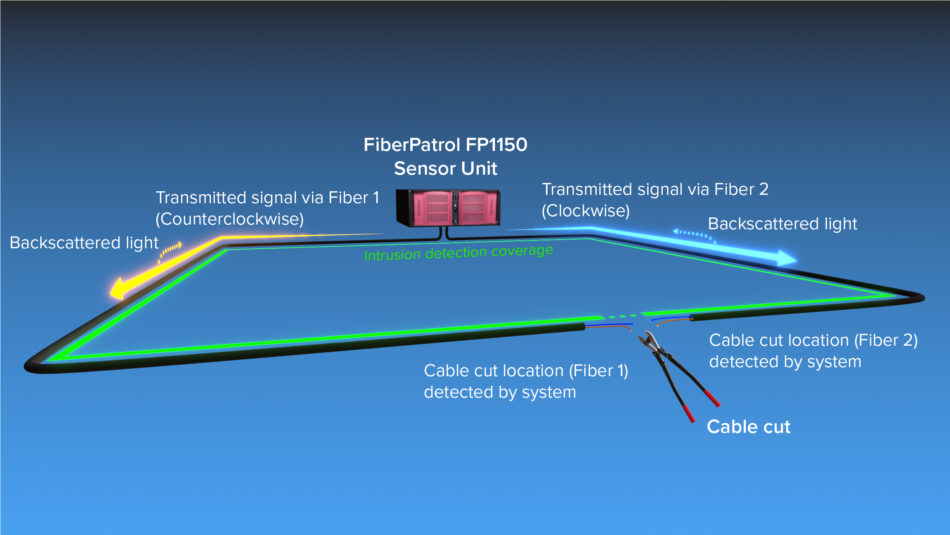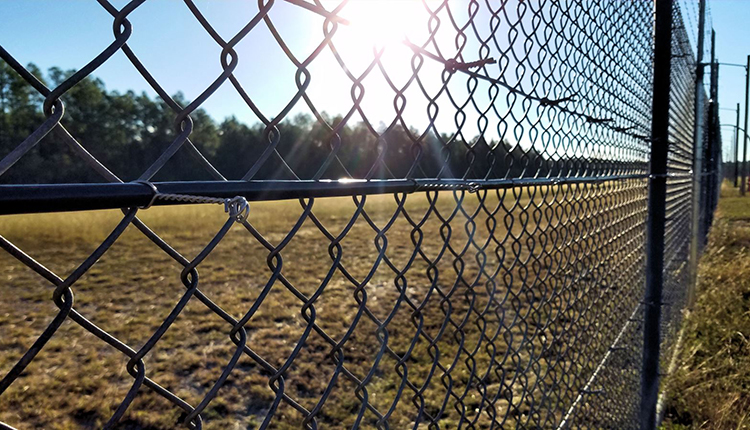Boost Your Safety And Security With Advanced Fiber Optic Safety Solutions
In an era where protection is extremely important, innovative fiber optic security systems present an engaging service for improving safety and security across different environments. These systems not just boast premium data transfer and rate for high-resolution security however additionally use exceptional resilience versus outside disturbances. As companies significantly seek reliable means to secure their possessions, the combination of ingenious innovations like AI and IoT within fiber optic frameworks elevates essential inquiries about their efficiency compared to conventional systems. What effects do these innovations hold for future protection measures?
Advantages of Fiber Optic Safety
Taking advantage of the benefits of fiber optic innovation substantially enhances protection systems throughout various applications. One of the primary advantages is the boosted data transfer capability, permitting the transmission of large quantities of information at broadband. This is specifically critical for real-time video monitoring, where high-resolution feeds can be sent out without latency, making certain prompt action capabilities.
Additionally, fiber optics display remarkable resistance to electromagnetic interference, which is important in atmospheres with possible signal disturbances. This integrity ensures constant efficiency in important protection procedures. Furthermore, fiber optic wires are much less vulnerable to touching and unapproved gain access to contrasted to standard copper wiring, therefore enhancing information integrity and confidentiality.
Another remarkable advantage is the toughness of fiber optic systems; they are more immune to ecological aspects such as dampness, temperature level variations, and destructive compounds. This strength converts to decrease maintenance prices and longer lifespans for safety installations.
Lastly, the lightweight nature of fiber optic wires helps with easier installment and directing, especially in complex facilities (fiber optic security system). Eventually, the integration of fiber optic innovation right into security systems not only bolsters defense procedures however also enhances functional efficiency
Key Functions to Think About
When examining fiber optic safety systems, several essential functions have to be taken into consideration to ensure ideal performance and effectiveness. Initially, analyze the system's discovery range and level of sensitivity; a substantial array enables keeping an eye on big areas, while high sensitivity makes certain that also minor disturbances are spotted without delay.
Next, consider the integration abilities of the system. A fiber optic safety and security system must effortlessly user interface with existing security steps such as electronic cameras and alarm systems, developing a natural security network.
Resilience and environmental resistance are additionally critical functions. Ensure that the system is designed to hold up against rough weather conditions and potential physical risks, as this will prolong its functional life-span.

Last but not least, explore the scalability of the system. A durable fiber optic protection system must be conveniently expandable to fit future demands without substantial overhauls. By thoroughly considering these attributes, you can pick a fiber optic protection remedy that enhances safety and security and safety in your atmosphere.
Setup Refine Summary
To efficiently execute a fiber optic security system, a methodical installment procedure is necessary. This process begins with an extensive website evaluation to identify the particular protection requirements and to determine optimum locations for fiber optic cable televisions and protection devices. Following this evaluation, the setup group will develop an in-depth strategy, consisting of cable pathways, needed tools, and conformity with local policies.
Next, the installment involves laying the fiber optic cable televisions, guaranteeing they are secured from environmental variables and physical damages. Correct handling strategies are vital, as fiber optic wires are sensitive and can be conveniently harmed. After the cabling is installed, connectors and discontinuations are thoroughly finished to make sure signal stability.
The subsequent stage consists of installing safety devices such as video cameras, movement detectors, look at this website and security system, all incorporated with the fiber optic network. Extensive screening is conducted to confirm that all components are functioning correctly and to ensure optimal efficiency.

Comparing Fiber Optic to Traditional Systems
The advancement of safety and security technology has resulted in substantial advancements in the comparison in between fiber optic systems and conventional copper-based systems. Fiber optic systems make use of light to transmit data, using superior data transfer and rate compared to their copper counterparts. This causes boosted data transmission abilities, making optical fiber suitable for high-resolution video clip monitoring and real-time tracking.
Furthermore, fiber optic cable televisions are resistant to electromagnetic interference, lowering the likelihood of signal destruction created by external variables. This particular makes sure consistent performance, even in difficult atmospheres. In contrast, conventional copper systems are extra prone to disturbance, leading to potential susceptabilities in protection applications.
Sturdiness is one more benefit of fiber optic systems. They are less prone to harm from ecological factors such as moisture and click for source temperature changes, which can endanger copper electrical wiring. Fiber optics are lighter and thinner, allowing for much easier setup and lowered physical footprint.
Nevertheless, typical systems have a tendency to have lower first costs, making them eye-catching for budget-conscious jobs. While fiber optic systems may need a higher upfront financial investment, their lasting benefits-- such as lower upkeep costs and greater reliability-- typically outweigh the first expenditure, placing them as a premium option for modern security needs.
Future Fads in Security Technology
Emerging trends in protection technology are poised to change the landscape of surveillance and risk discovery - fiber optic security system. As organizations progressively face advanced hazards, advancements such as expert system (AI) and maker discovering (ML) are coming to be essential to protection systems. These modern technologies boost the capability of fiber optic systems by enabling real-time information analysis, determining abnormalities, and automating actions to possible violations
Additionally, the integration of the Net of Points (IoT) is transforming safety and security frameworks. IoT devices can provide extensive situational recognition and facilitate smooth interaction in between various safety elements. This interconnectedness enables extra reliable tracking and faster case feedback times.
Biometric authentication is additionally obtaining energy, giving a greater level of protection via special physical attributes. As this modern technology evolves, it is likely to be integrated this post into fiber optic systems for enhanced accessibility control.
Conclusion
In final thought, advanced fiber optic safety systems represent a considerable improvement in safety and monitoring innovation. The change from traditional systems to fiber optic solutions shows an expanding pattern in the direction of a lot more efficient and reliable safety measures in a significantly complex technological landscape.